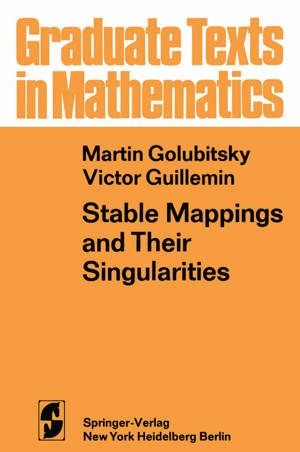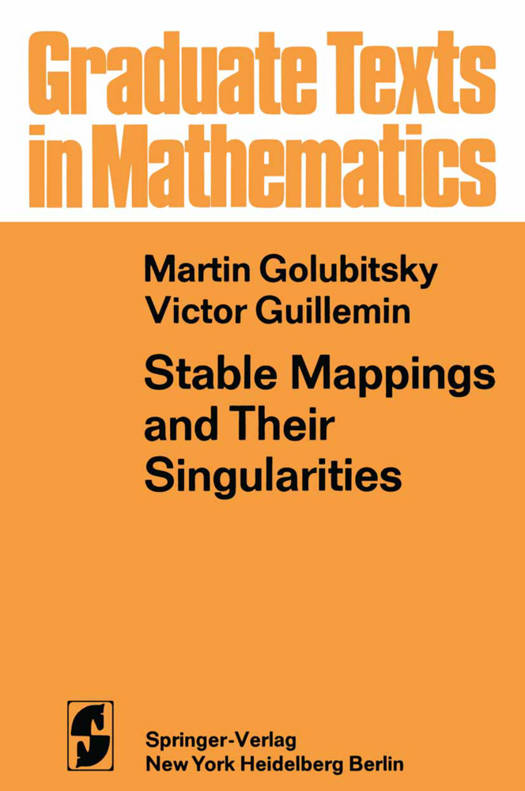
- Afhalen na 1 uur in een winkel met voorraad
- Gratis thuislevering in België vanaf € 30
- Ruim aanbod met 7 miljoen producten
- Afhalen na 1 uur in een winkel met voorraad
- Gratis thuislevering in België vanaf € 30
- Ruim aanbod met 7 miljoen producten
Zoeken
Omschrijving
This book aims to present to first and second year graduate students a beautiful and relatively accessible field of mathematics-the theory of singu- larities of stable differentiable mappings. The study of stable singularities is based on the now classical theories of Hassler Whitney, who determined the generic singularities (or lack of them) of Rn Rm (m 2n - 1) and R2 R2, and Marston Morse, for mappings who studied these singularities for Rn R. It was Rene Thorn who noticed (in the late '50's) that all of these results could be incorporated into one theory. The 1960 Bonn notes of Thom and Harold Levine (reprinted in [42]) gave the first general exposition of this theory. However, these notes preceded the work of Bernard Malgrange [23] on what is now known as the Malgrange Preparation Theorem-which allows the relatively easy computation of normal forms of stable singularities as well as the proof of the main theorem in the subject-and the definitive work of John Mather. More recently, two survey articles have appeared, by Arnold [4] and Wall [53], which have done much to codify the new material; still there is no totally accessible description of this subject for the beginning student. We hope that these notes will partially fill this gap. In writing this manuscript, we have repeatedly cribbed from the sources mentioned above-in particular, the Thom-Levine notes and the six basic papers by Mather.
Specificaties
Betrokkenen
- Auteur(s):
- Uitgeverij:
Inhoud
- Aantal bladzijden:
- 209
- Taal:
- Engels
- Reeks:
- Reeksnummer:
- nr. 14
Eigenschappen
- Productcode (EAN):
- 9780387900735
- Verschijningsdatum:
- 29/03/1974
- Uitvoering:
- Paperback
- Formaat:
- Trade paperback (VS)
- Afmetingen:
- 152 mm x 229 mm
- Gewicht:
- 303 g

Alleen bij Standaard Boekhandel
+ 305 punten op je klantenkaart van Standaard Boekhandel
Beoordelingen
We publiceren alleen reviews die voldoen aan de voorwaarden voor reviews. Bekijk onze voorwaarden voor reviews.











